It took five years, and $1-million dollars to find out why trains are killing grizzly bears in Banff and Yoho National Parks in Alberta and British Columbia in the Rocky Mountains of western Canada.
The answer seems to be, well, it’s because they’re bears.
The study was undertaken because several bears had been killed by trains passing through the parks at the rate of about one a year in the two parks. There are believed to be only about 60 grizzlies left.
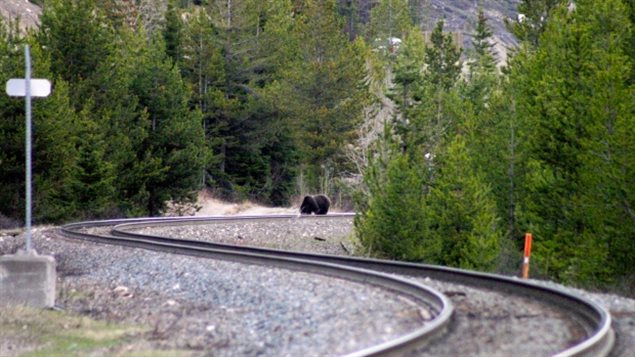
The research found that the grizzlies and other bears like the tracks because it’s an easy route to follow through the forested parks, and because of food sources, such as berries along the track side and spilled grain. About 110 tonnes of grain is spilled along the tracks through the park each year
This latter was believed to be a main attractant, but the study found that it wasn’t quite as important as previously believed.
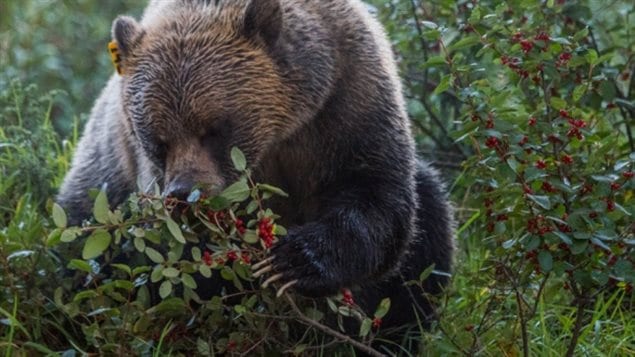
The bears, especially with their heads down and concentrating on feeding between the rails or on berries close by are often confused when surprised by a train and don’t know how to react sometimes freezing in place, or running along the track in front of the faster moving train.
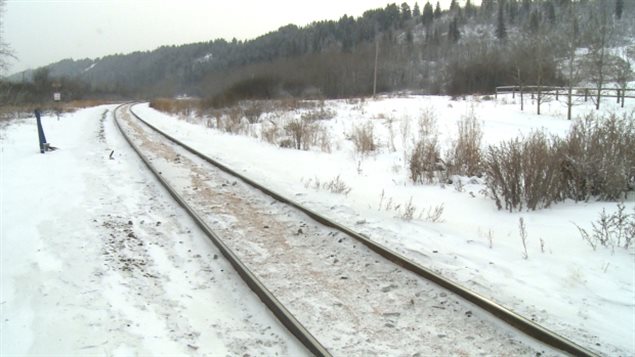
Canadian Pacific Railway (CP) says it has an ongoing effort to repair leaking grain cars.
It also says it will try to reduce vegetation such as buffalo berries along the trackside, will create pathways through the forest to other feeding areas away from the tracks where Parks Canada will create burned areas which promote the growth of berry plants. CP will also place electromats at specific locations to deter the bears.
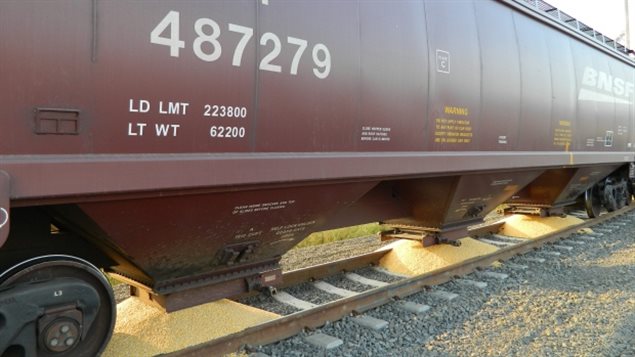
At least one environmental advocate expressed disappointment that not more was being done.
Speaking to the CBC, Jim Pissot, the director of WildCanada Conservation Alliance said, “What Parks Canada is embracing instead are attempts to draw bears away from the dangers of the tracks without reducing the dangers of the tracks themselves. I think that’s inadequate. It wouldn’t have been satisfactory on the Trans-Canada, and we should not settle for this on the Canadian Pacific railway tracks as well.”
Additional information- sources
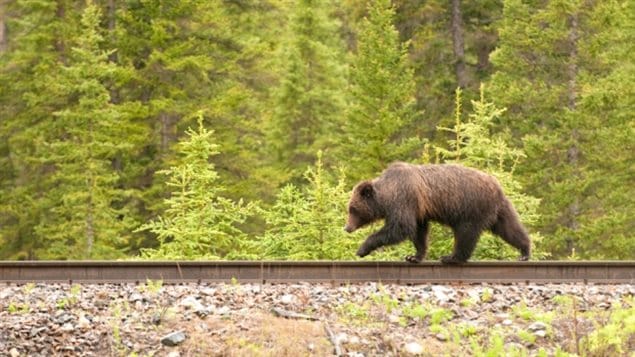






For reasons beyond our control, and for an undetermined period of time, our comment section is now closed. However, our social networks remain open to your contributions.